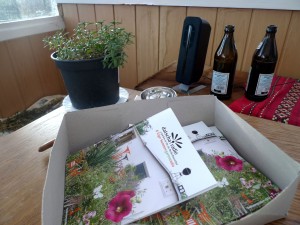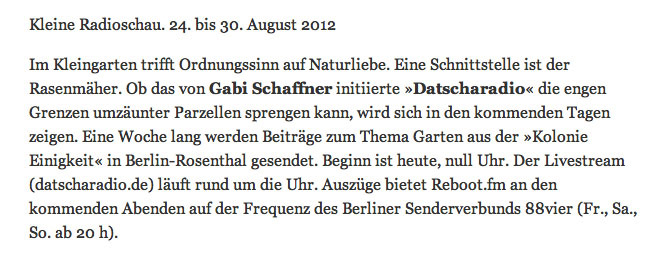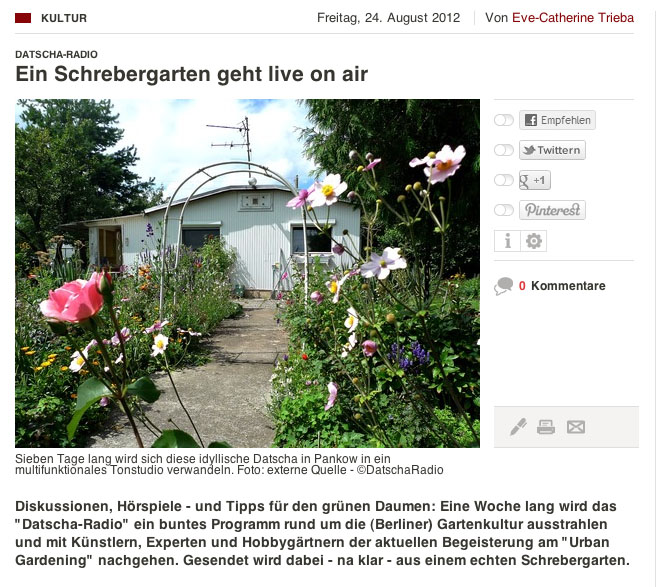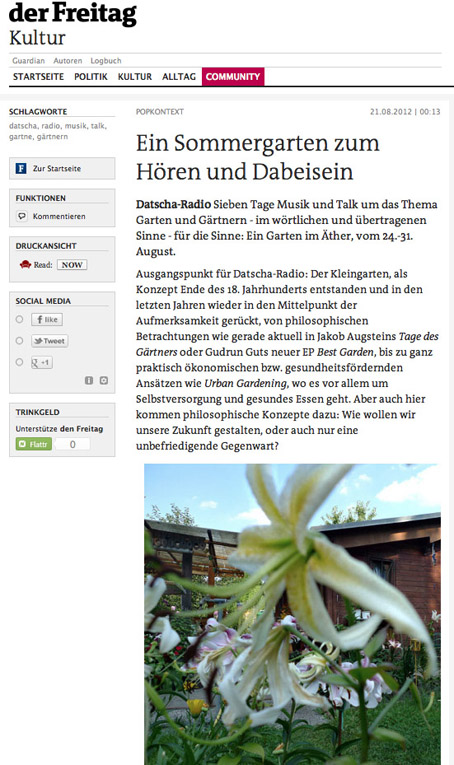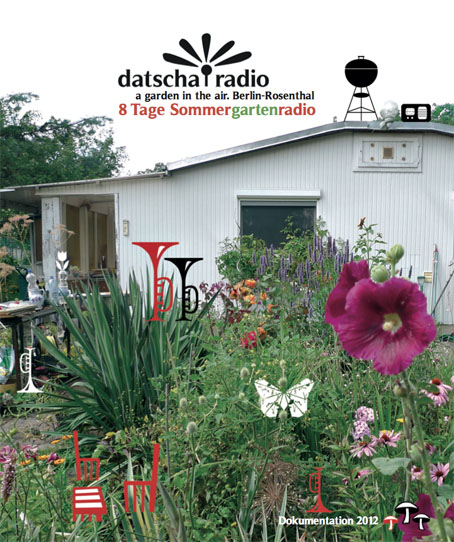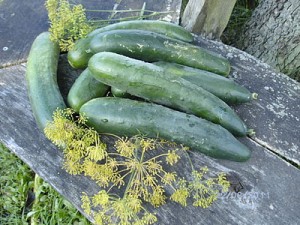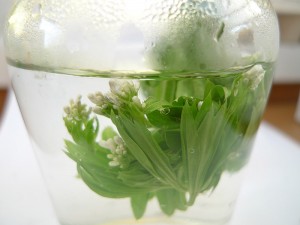Radio Kitchen
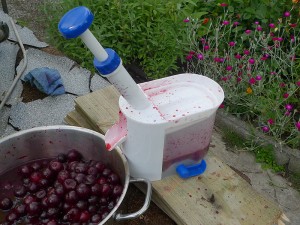
Datscha-Radio kitchen: an extensive field! Apples, cherries, plums, zucchini, carrots, tomatos and mangold come together with pasta, bread and “bratwurst”… experi-mental modes included. Without the need of hyping cooking – as done so persistantly – into an art form, and parallel to radio making, there is a need for recipes based on the improvisation of food from the means available. And there are workflows which remain hidden to the eye… until the table is ready laid.
One of the most important “invisible” tasks of our radio kitchen was the peeling of apples! Indispensable too: Doing the dishes in between times. Great thanks here to: Phillip Haffner and the charming reboot.fm intern, and to Antonia Puscas (and her friends), Heike Puschel und Wolfgang Kriener!
Some of the most visible “kitchen works”: the grand catering done on our opening day by the team Stöhring/Pelke/de Vito with Swabian potato salad and three other thrilling salad combinations. Along with it, the invaluably helpful support by KH Jeron in the matter of vegetable soup, apple crumble, dish-washing and tidying up. Additional thanks to Michelle for her apple-walnut tarte and to Diana McCarty for the tomato salad.
The elaborate star salads of the catering team will come as an extra blog ★ !
- Red Beet with Yogurt and Lemon-Relish
- Swabian potato salad (with or without Bockwürstl)
- “The uncollapsable green salad“
- Cucumber salad with garlic and ground ginger
Here come the two elementary recipes of our radio kitchen. At least one of them, the “Pasta salad, NTN (Next-to-Nothing)-style can be prepared in less than 10 minutes. The other, of course is a traditional German apple (optionally cherry/plum) cake with crubles.
Next-to-Nothing-style pasta salad
500 grams pasta
1 cup sour cream
1 lemon
1/2 jar of capers
olive oil
Option: + 1 smoked trout / half a cauliflower or similar.
Preparation: Cook pasta al dente, let cool, add sour cream, a dash of olive oil, some lemon juice to taste and capers. Stir. Season with salt and pepper.
Apple crumble cake with curd
Dough:
400 gr flour
120 gr melted butter
1 cube of fresh yeast
1 egg
180 ml milk
1 teaspoon coarsely grated lemon zest
Crumbles:
200 grams of flour
100 g sugar
150 g butter
pinch of salt
Cinnamon (optional)
(Keep the crumbles in the refrigerator until needed)
Topping:
1 kg of apples, peeled and chopped
250gr. curd cheese
This is the basic recipe that can be modified and refined. How to prepare the yeast dough I won’t explain, lemon peel can be kneaded in. After the dough has risen, spread on a buttered tray, spread the curd on it, arrange the apple slices, loosely scatter the crumbles on top. Bake for 35 – 40 minutes in the oven at 200 degrees.
Extra recipe (thanks to Phillip Haffner): Rosmary Gin
1 bottle of gin (not the most expensive one!)
2 twigs of rosemary
Preparation: put the twigs into the bottle, take it to a dark spot (i. e. cupboard), wait for 3-4 days (or nights), decant or take the twigs out. Serve. Good with ice.
Read More


